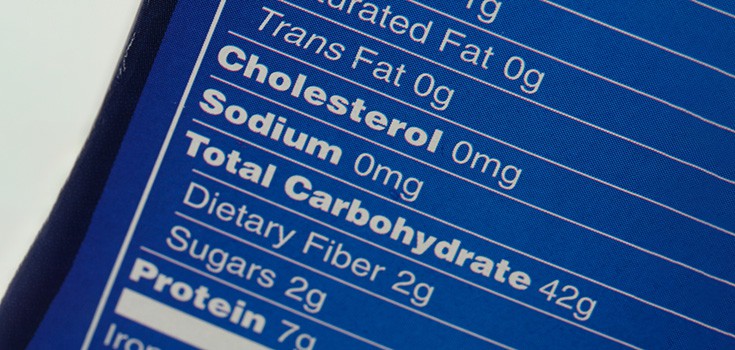Reading Nutrition Labels – 9 out of 10 Parents Fail at It

A study conducted by the British Heart Foundation (BHF) found that nine out of ten mothers failed at reading nutrition labels, and did not understand the nutrition information on children’s foods. According to the BHF, 76% of mothers felt that “wholegrain” meant the product was likely to be healthy. In addition, they also thought that a product claiming it was “a source of calcium, iron and six vitamins” meant that the product was likely to be healthy.
The confusion in regard to food labels is not an issue that pertains only to parents, and despite this study occurring years ago, it is still very true today that the majority of people aren’t savvy in reading food labels. The research found many individuals are tricked by the deceptive labeling of sugary foods specifically. The BHF went on to say that Nestle’s Honey Shreddies, which claims to be “wholegrain” and will “keep your heart healthy and maintain a healthy body”, has 13.6g of sugar.
This is more than a ring doughnut in an average serving size, which totals 9.2g of sugar. High levels of sugar consumption can be the culprit for a number of health defects and issues faced today.
With all the harmful ingredients added to our food supply today, it is critical to not only start reading nutrition labels, but also memorize which ingredients to avoid.
Reading Nutrition Labels | Learn of What You’re Eating
Sugar is not the only concern when investigating the real contents of a food product. Trans fats, monosodium glutamate (MSG), aspartame, and high-fructose corn syrup are but a few toxic additives that are usually incognito unless you are actively searching for them within the ingredients. This alone highlights the importance of not only reading nutrition labels, but also knowing what each ingredient is. Researching the properties of each additive before ingesting it is indeed a wise decision, and one that will ultimately pay off with an improvement in overall health.
Ingredients You Should Avoid | Alpha-Dexionic-what?
If while reading nutrition labels you’re wondering whether certain ingredients are written in Greek or Hieroglyphics, then reconsideration of the purchase is probably necessary. Given the current process of food creation in the U.S. and other developed countries, chances are that this ingredient is some form of a synthetic chemical, and one of many ingredients to avoid. A general rule is that if you cannot pronounce it, you should not eat it. Research what your food is composed of before bringing it home and cooking it, or putting it into your body. What you find may surprise you.
